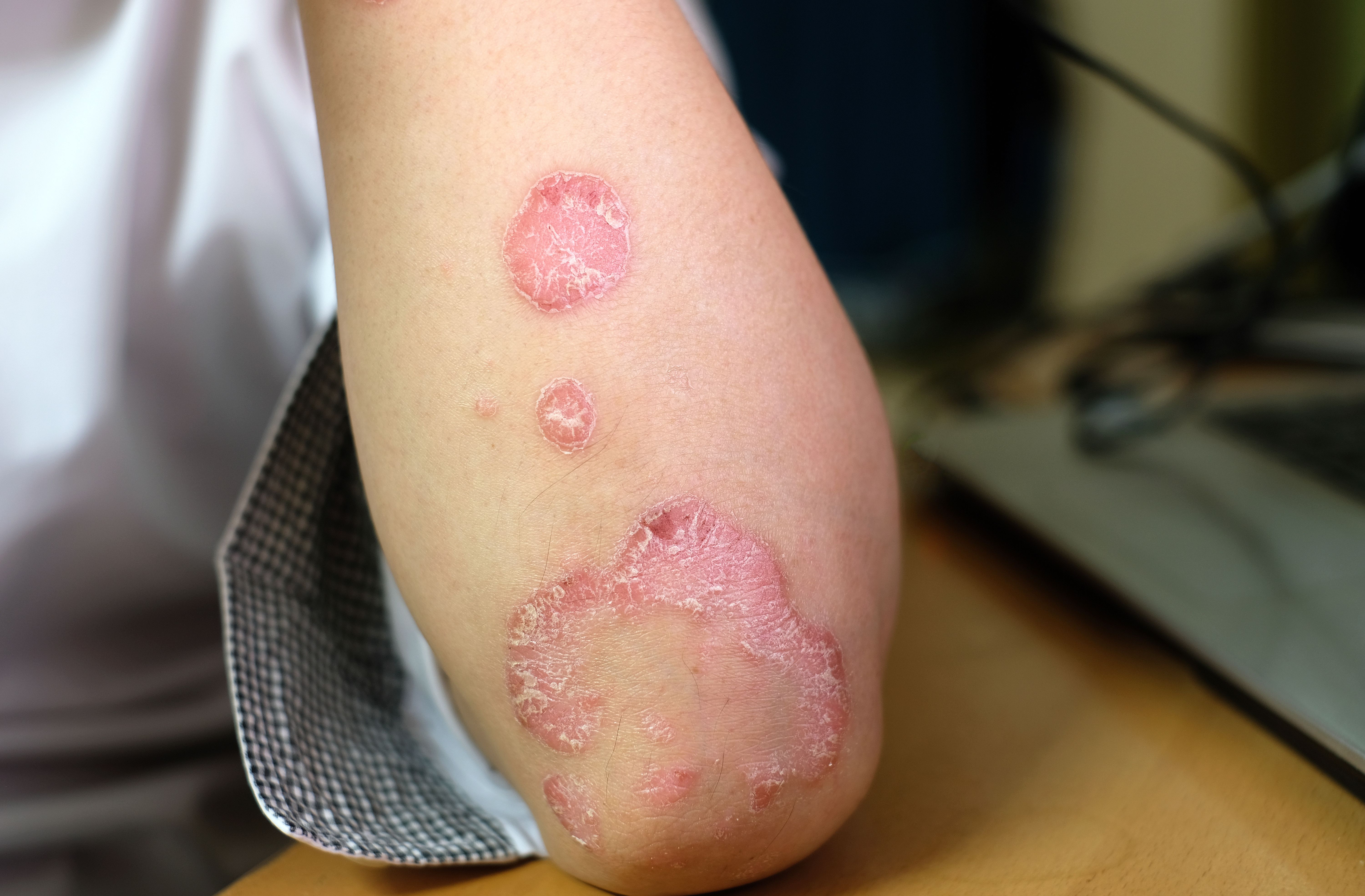- Acne
- Actinic Keratosis
- Aesthetics
- Alopecia
- Atopic Dermatitis
- Buy-and-Bill
- COVID-19
- Case-Based Roundtable
- Chronic Hand Eczema
- Chronic Spontaneous Urticaria
- Drug Watch
- Eczema
- General Dermatology
- Hidradenitis Suppurativa
- Melasma
- NP and PA
- Pediatric Dermatology
- Pigmentary Disorders
- Practice Management
- Precision Medicine and Biologics
- Prurigo Nodularis
- Psoriasis
- Psoriatic Arthritis
- Rare Disease
- Rosacea
- Skin Cancer
- Vitiligo
- Wound Care
Article
Managing surgical wounds: Laser-activated tissue repair trumps standard surgical closure
Author(s):
A recent study ushers in the era of molecular surgery as laser-assisted "nanosuturing" proves to be superior to traditional suture closing techniques not only in terms of cosmesis but also in the tensile strength and quality of wound closure. According to Dr. Sandy Tsao, who spearheaded the first human clinical trial, this novel technique is set to change the way physicians approach and manage surgical wounds in the future.
Boston - Photochemical tissue bonding, or laser-assisted nanosuturing, is a new cutting-edge technology that may rewrite the surgical books in terms of standard surgical closure procedures.
This novel technique allows the surgeon to close the epidermal defect with laser following the application of a light-sensitive dye to the wound edges eliminating the need for epidermal suture placement. Led by Sandy Tsao, M.D., the human clinical trial is based on novel photochemical concepts developed at Massachusetts General Hospital, Boston, by scientists Min Yao, M.D., Robert W. Redmond, Ph.D., and Irene E. Kochevar, Ph.D.
"Traditional closure techniques work well, but there is always an issue of scarring. Dermabond adhesive liquid techniques also work, but these closure methods do not necessarily have the tensile strength to close wounds when compared to the laser-assisted nanosuturing technique, particularly in areas which may be more prone to keloid formation or unattractive scars," Dr. Tsao says.
Photosensitizing dyes
Photosensitizing dyes have already been utilized in conjunction with lasers in other therapies. Rose Bengal (RB), the ophthalmological dye used in this procedure, is approved by the Food and Drug Administration (FDA).
When applied to the skin, RB is activated by light and cross-links proteins such as collagen and epidermal keratins. This non-thermal "stitching" of molecules restores the normal collagenous cross-links that are disrupted during surgery.
Clinical trial
In a recent trial, Dr. Tsao set out to determine the efficacy of wound closure using the photosensitizing dye coupled with laser irradiation and compared it to standard epidermal-interrupted suture closure.
In the 28-patient study, Dr. Tsao performed 31 excisions of skin lesions that clinically needed to be removed including dysplastic nevi, SCC and BCC.
All defects were closed with vicryl dermal sutures. Half of each epidermal wound was closed using standard interrupted epidermal sutures. The other wound half was closed with laser assisted nanosuturing by applying the rosebengal dye for one minute just to the incision edges of the wound followed by irradiation of this epidermal wound edge with a 308 nm KTP laser for 200 seconds. This way, each patient served as a built-in control in which the quality of closure of each part could be compared.
Results
Results showed that a vast majority of the patients preferred the laser-assisted approach. In all cases, the tensile strength was comparable if not better than the traditional closure technique, and the scar appearance of the laser-treated side in many of the patients was near imperceptible.
Though in a few cases, the scar was not clinically and aesthetically attractive, Dr. Tsao says, the laser-treated side was always the better appearing side. There were no complications, infections or dehiscence associated with either the traditional or the laser-assisted treated wound edges.
Patients were evaluated at two weeks, three months and at six months. Study endpoints included efficacy of wound closure, vascularity, pigmentation, elevation, atrophy and scar appearance. The surgical sites were evaluated by two blinded physicians and patients were also asked to make an evaluation based on the same attributes.
"This novel technique provides a very effective means of providing epidermal wound closure with comparable if not markedly better clinical outcome compared to suture closure when evaluating scar erythema, pigmentation, atrophy, keloid formation and track mark formation," Dr. Tsao says.
The excisions were attained from non-facial multiple body sites, including the shoulders, chest, back, abdomen, thighs and arms including keloid-prone areas such as the deltoid and sternal regions.
Dr. Tsao says that one patient had an SCC in situ on the sternal region requiring a larger excision margin, and on the laser assisted treated side, there is simply no perceptible scar.
‘Next frontier’
"With the current technology and knowledge, we still do not have the ability to close the deep dermis yet using this technique which is our next frontier. Eventually, suturing all together may become unnecessary and be a relic of the past.
"I think the utility beyond the necessity of removing the lesion is in areas where cosmesis is a really critical aspect of the outcome such as the face," Dr. Tsao says.
According to Dr. Tsao, this revolutionary technique will save patients, as well as physicians, a lot of valuable time, because there are no sutures to be removed translating into less follow-up, a greater ease for the patient to take care of the area as well as less use of surgical materials. DT
Disclosures: Dr. Tsao reports no relevant financial interests.
Newsletter
Like what you’re reading? Subscribe to Dermatology Times for weekly updates on therapies, innovations, and real-world practice tips.











